As you may know, I’m currently living in Bavaria – and what would be more pleasing than attending Oktoberfest? But there are some things you need to keep in mind if you are not Bavarian and haven’t done Oktoberfest since childhood on an annual basis, I suggest you take some time to plan your first visit to the largest beer festival in the world that attracts over seven million people yearly.
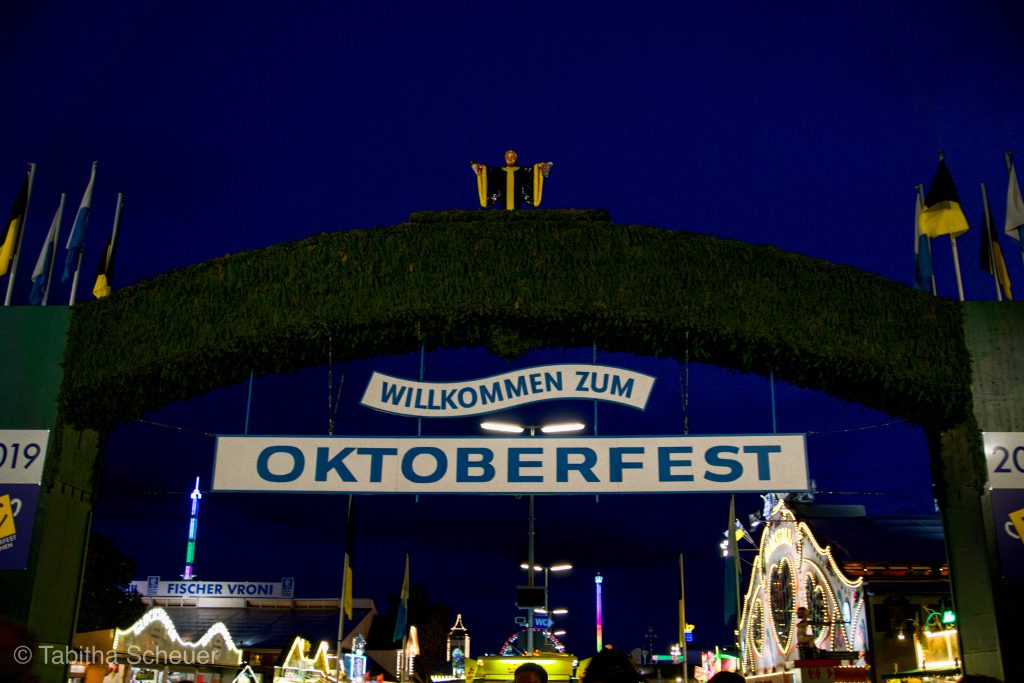
I’m sure you will have fun either way, but reading a few (or a lot) Oktoberfest tips before actually doing it will help you to feel less stressed and enjoy the party even more.
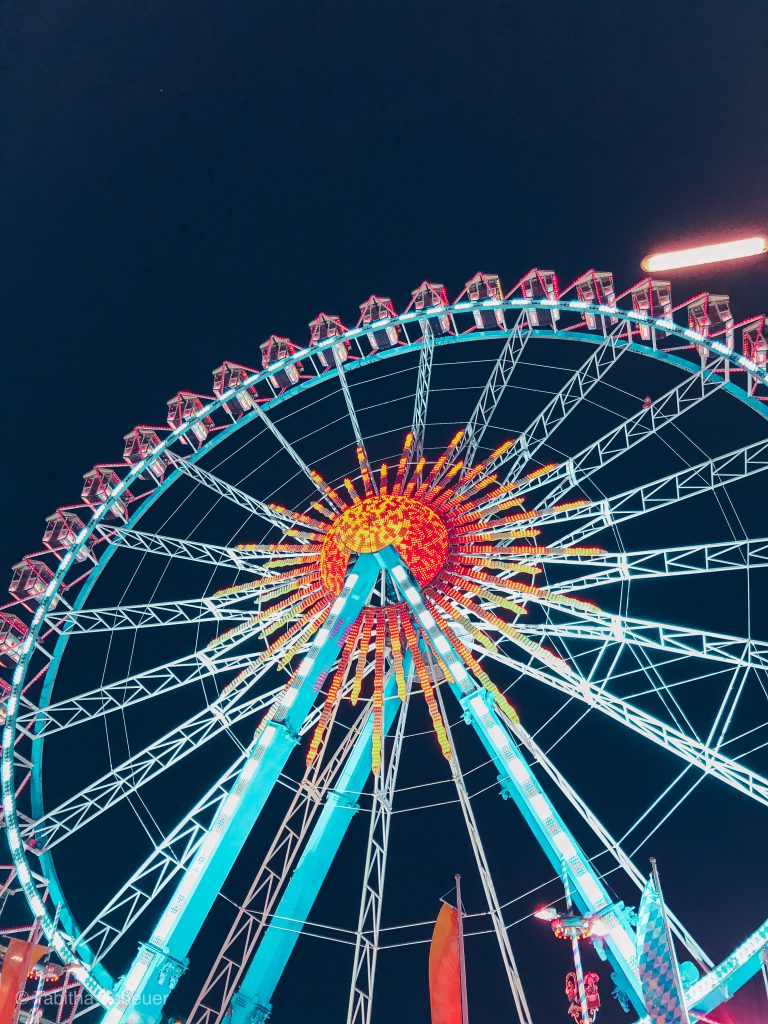
Where and when?
The first ever Oktoberfest was a celebration of the wedding between Princess Therese of Saxony-Hildburghausen and Crown Prince Ludwig of Bavaria that started on the 12th of October 1810 and lasted for five days. After the people of Bavaria had such great time, it was decided to make these festivities an annual tradition. Over thee years, Oktoberfest turned from a 5-days celebration into a 17-days event. Nowadays, it starts on the second to last Saturday of September – primarily, because of the better weather conditions.
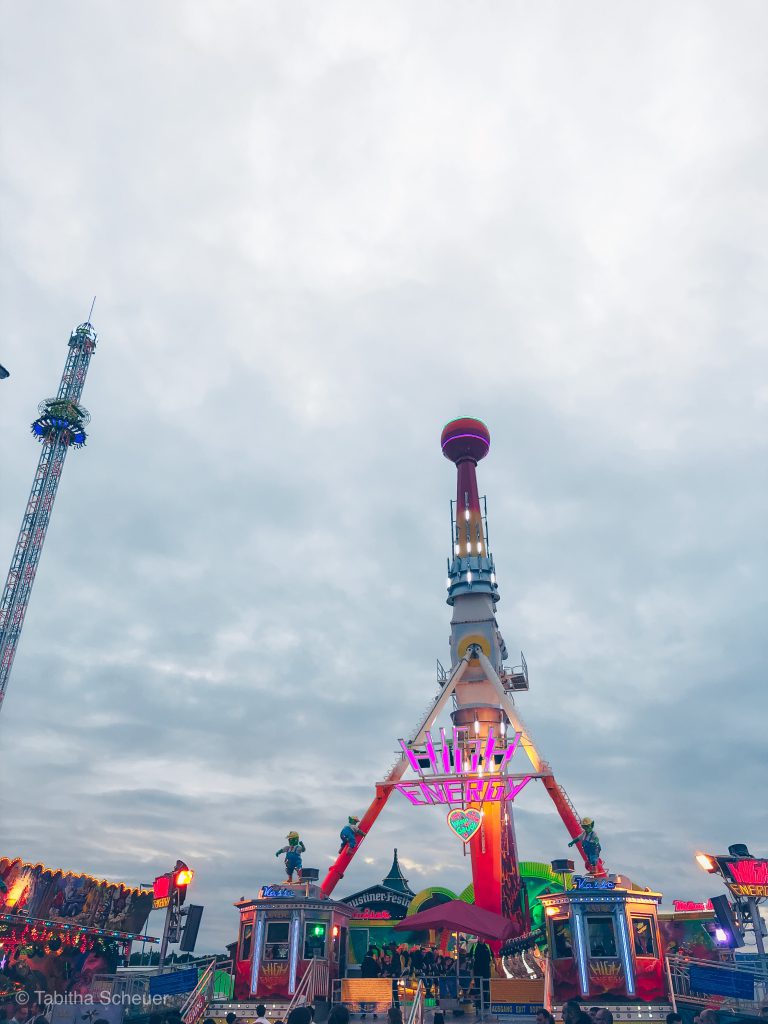
Oktoberfest takes place in the meadow called Theresienwiese in honor of Princess Therese. Locals shorten the name to „Wiesn„.
Theresienwiese is an enormous ground taking up 420.000 square meters.

How to get to Oktoberfest
The easiest way to get to Oktoberfest is by taking the metro (U-Bahn). Once you exit the train, there are signs pointing out to the grounds. You can, of course, also travel by car or even on foot or by bike.
The first weekend is the opening weekend of Oktoberfest. You can see a parade, and when the mayo taps the first beer keg. The second weekend, so the one I attended, is known as “Italian weekend” because of thousands of Italian tourists who come to visit. The third weekend already is the closing of the festival.
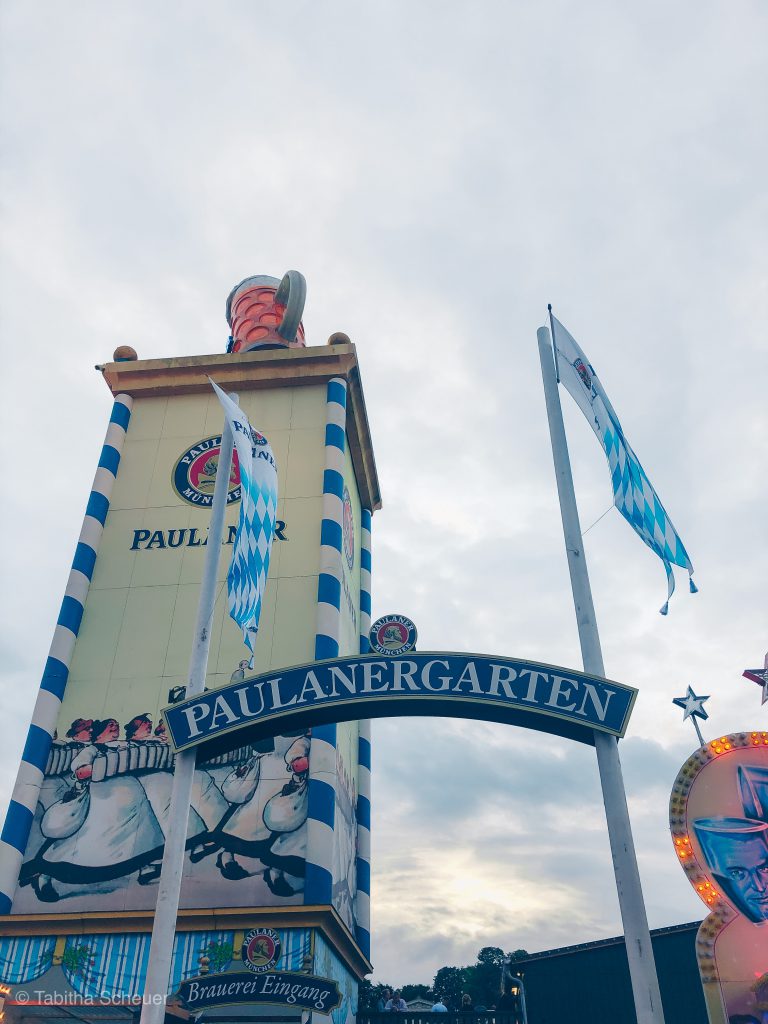
Accommodation at Oktoberfest Munich
Since many visitors are out-of-towners, booking accommodation is extremely expensive. Try to plan ahead and book a hotel or Airbnb a few months in advance. Click here you haven’t used Airbnb yet and get €30 discount for your first stay at an Airbnb. We stayed in an Airbnb and only paid €300 for us both for 5 days.
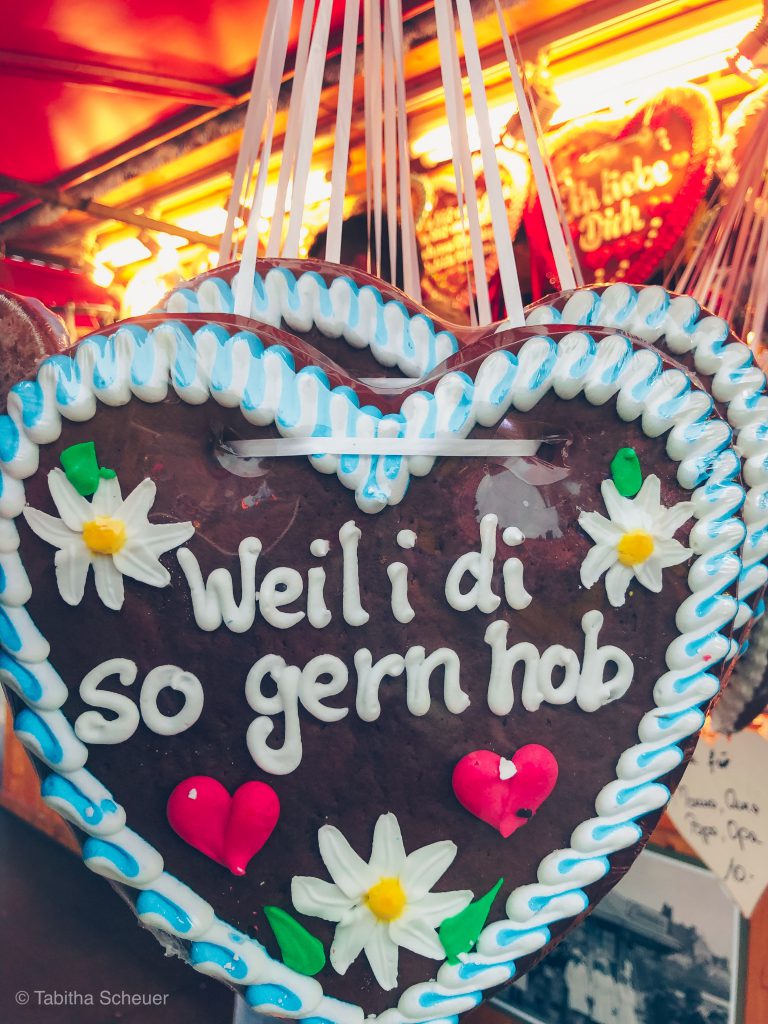
How much does Oktoberfest cost?
Luckily, there is no entrance fee. You only pay for food, drinks, souvenirs, and rides. However, you can make table reservations – but this has to be done way in advance. Reservations open as early as January and are primarily given to locals, especially those who book tables year after year. You can’t reserve a seat, only a whole table (for 10-12 people). The reservation itself is free, but you will be required to buy food and drinks vouchers in advance. Don’t worry if you don’t have a reservation. Usually, a quarter of all tables is unreserved in each tent.
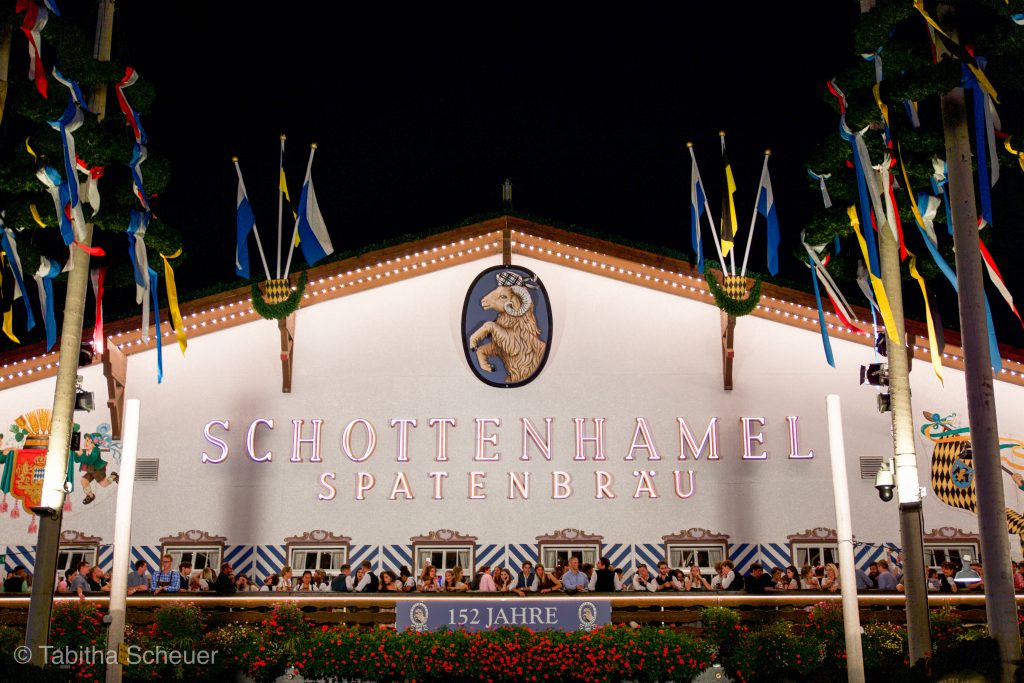
Bring cash. Most of the places at Oktoberfest do not accept credit cards. And even when they do, it’s easier and faste to pay with cash.
Be prepared that Oktoberfest is expensive. The cheapest beer costs around €11. And entrees to the tents at least €15-20. A pretzel will set you back €3-5 and soft drinks also.
Oktoberfest Traditions you should know about
Germans don’t say „Cheers!„, but „Prost!“ when clinking Maß glasses. Be safe, and clink the bottom in order not to break the glass.
“Ein Prosit der Gemütlichkeit” that translates as “A toast to cheer and good times” is a song you’ll hear a lot during Oktoberfest. It’s basically a way to drink even more as at the end of the song you say “Prost!” and drink.
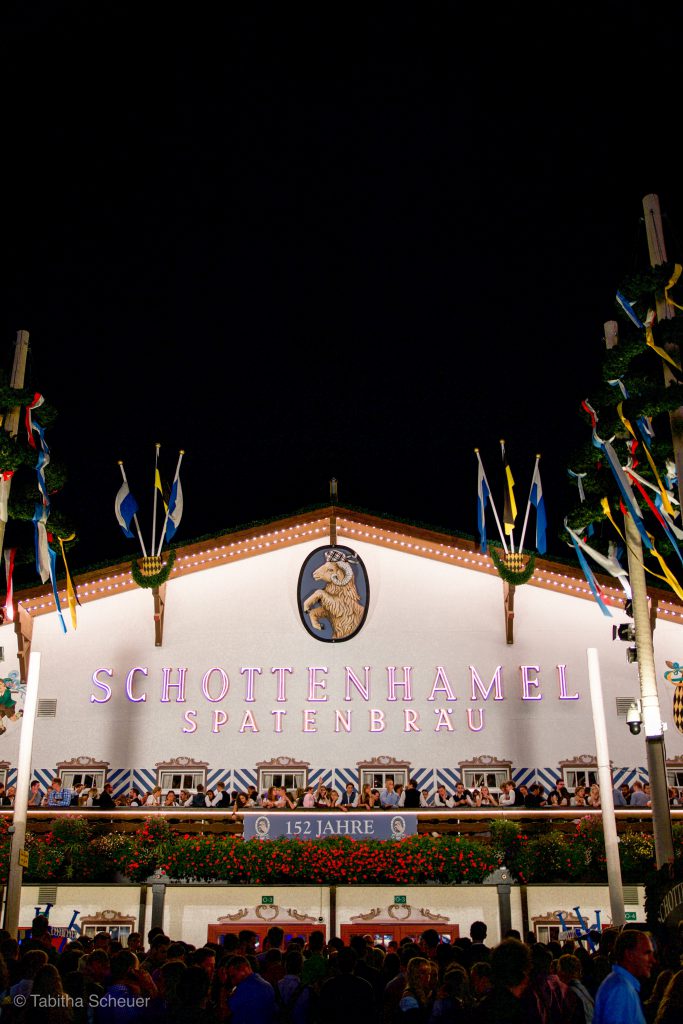
You should make eye contact with your friends when clinking glasses and drink. Otherwise, you’ll have seven years of bad sex. At least that’s what we Germans say.
Every once in a while, you’ll see people standing up on a bench which means they are about to drink an entire Maß in one go. Good luck doing so, I definitely could not. The whole crowd at the tent then cheers them on. Although, if you fail to finish a Maß, the same crowd will boo you mercilessly. Unless you’re absolutely sure you can follow through, you shouldn’t try.
Oktoberfest is for making fiends with strangers. Just like Carnival in Cologne. As all the tables in tents are communal, you end up drinking beer, singing, and cheering with complete strangers and that is a fast recipe for making friends. It’s considered impolite to hold a table for your own party if there are empty seats.
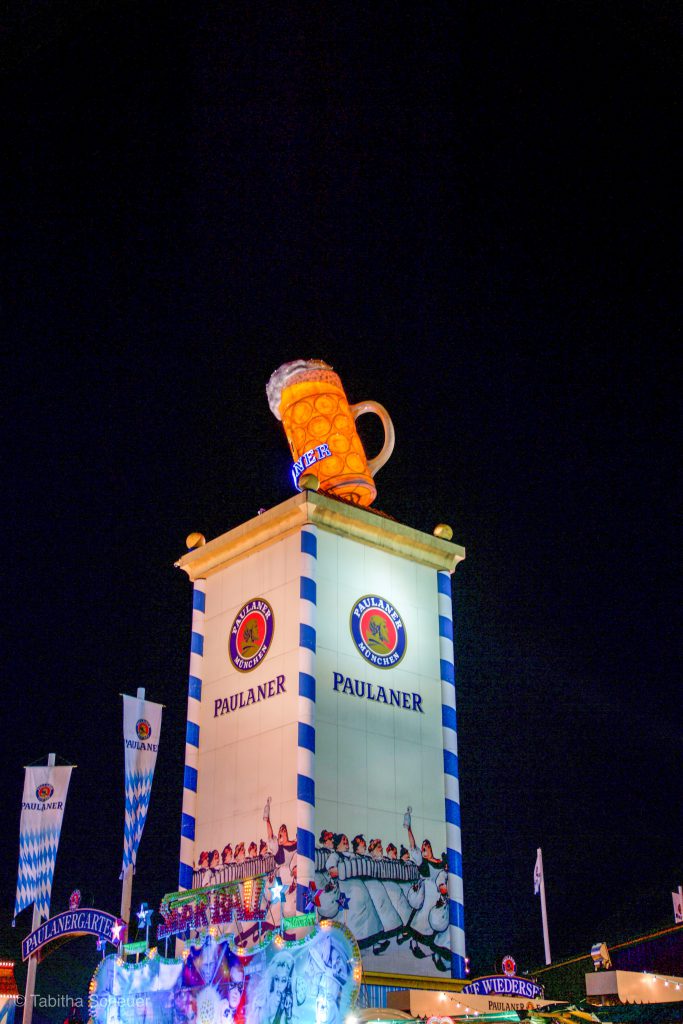
Everything you should know about the beer at Oktoberfest
At Oktoberfest, you drink „a Maß„. It is one liter of beer and is the only way beer is served at Oktoberfest. No bottles, no steins.
Just like brasseries in Cologne, each tent represents one of the six Munich breweries and has only one beer on tap. If you want to try several kinds, you’ll have to hop from tent to tent.

The beer at Oktoberfest usually contains higher alcohol percentage than the ’normal‘ beer and is specially brewed for Oktoberfest. Pace yourself!
If you don’t like beer, do not get discouraged. Try ‚Radler‚, a mix of beer and lemonade. In most tents, you can also get wine.
Food to soak up the beer
Every tent offers German classics like sausage, half a roast chicken, and potato salad, but there are a few specialties:
Marshall tent is famous for their novel approach to cooking. Here, you can get vegetarian, vegan, and gluten-free options.
Schützen-Festzelt is famous for their suckling pig with malt-beer sauce.
Ochsenbraterei is the place to be if you love meat.
Fischerei-Vroni offers fish on a stick as their specialty.
The food in stalls is much cheaper than in the tents, but you’ll have to eat it while standing or walking.
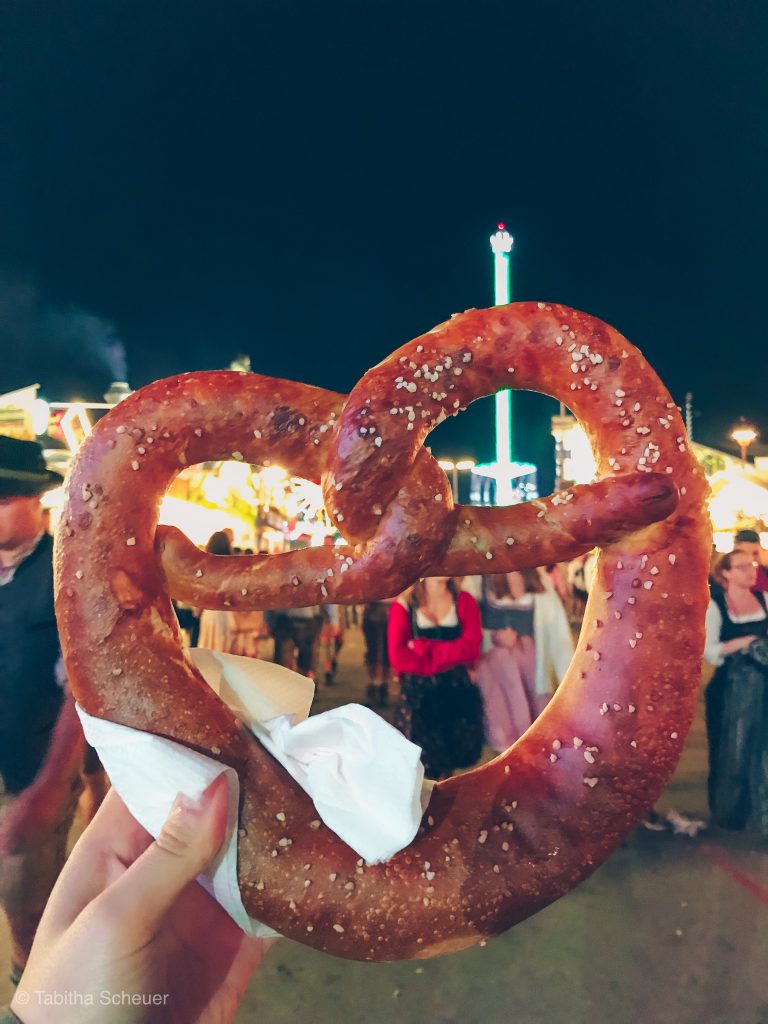
Here are some of the foods you absolutely have to try at Oktoberfest: Hendl (half a roast chicken), sausages like Weißwurst and Currywurst, Brezel (pretzel), Käsespätzle (a German version of mac and cheese).
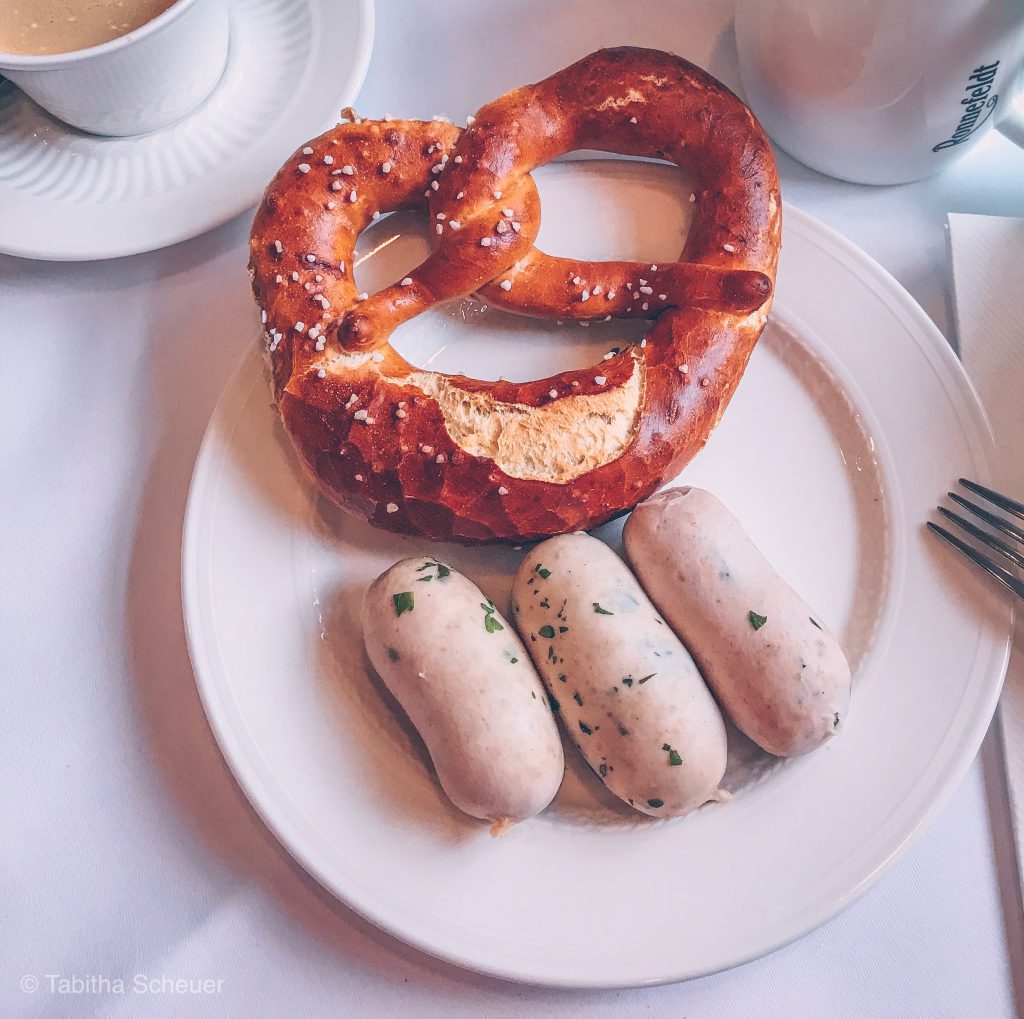
Sometimes, tents and stalls charge a deposit for the dishes as on Oktoberfest all the drinks and food come in glass and ceramic ware. I don’t have to mention all the people tying to steal the dishes, especially the Maß glasses.
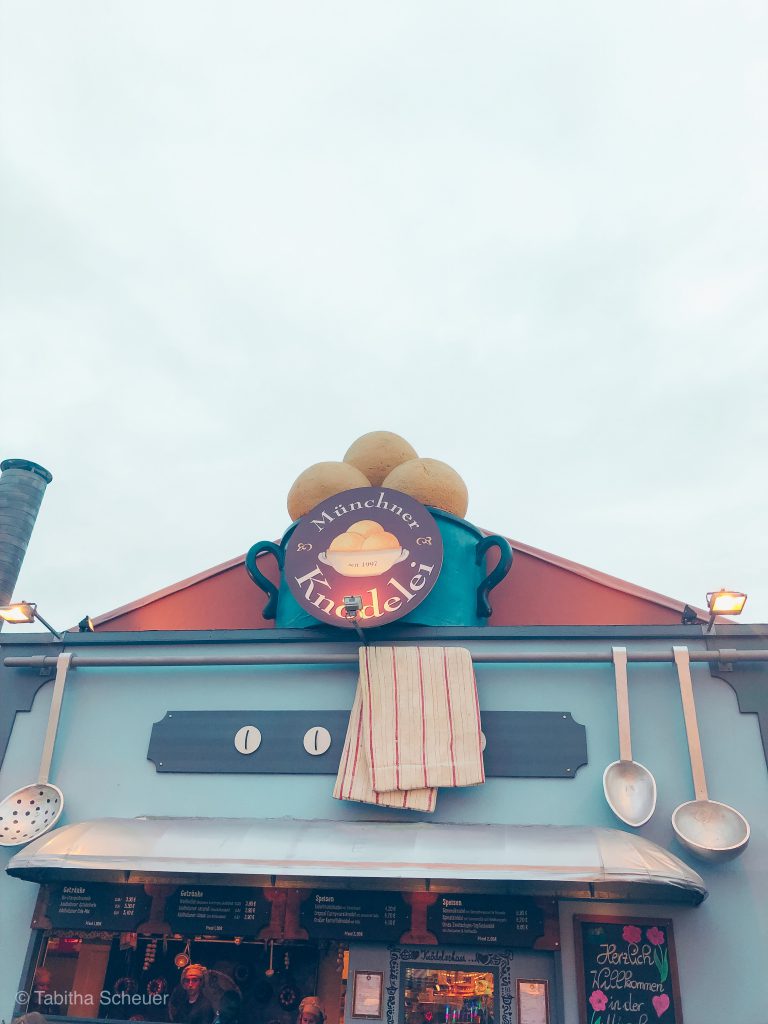
Things to know about the tents at Oktoberfest and how you choose yours
At Oktoberfest, there are 14 tents representing the six Munich breweries: Augustiner-Bräu, Hacker-Pschorr-Bräu, Löwenbräu, Paulaner, Spatenbräu, and Staatliches Hofbräu-München. Only beers brewed within Munich city limits under the German purity laws can be served at Oktoberfest.
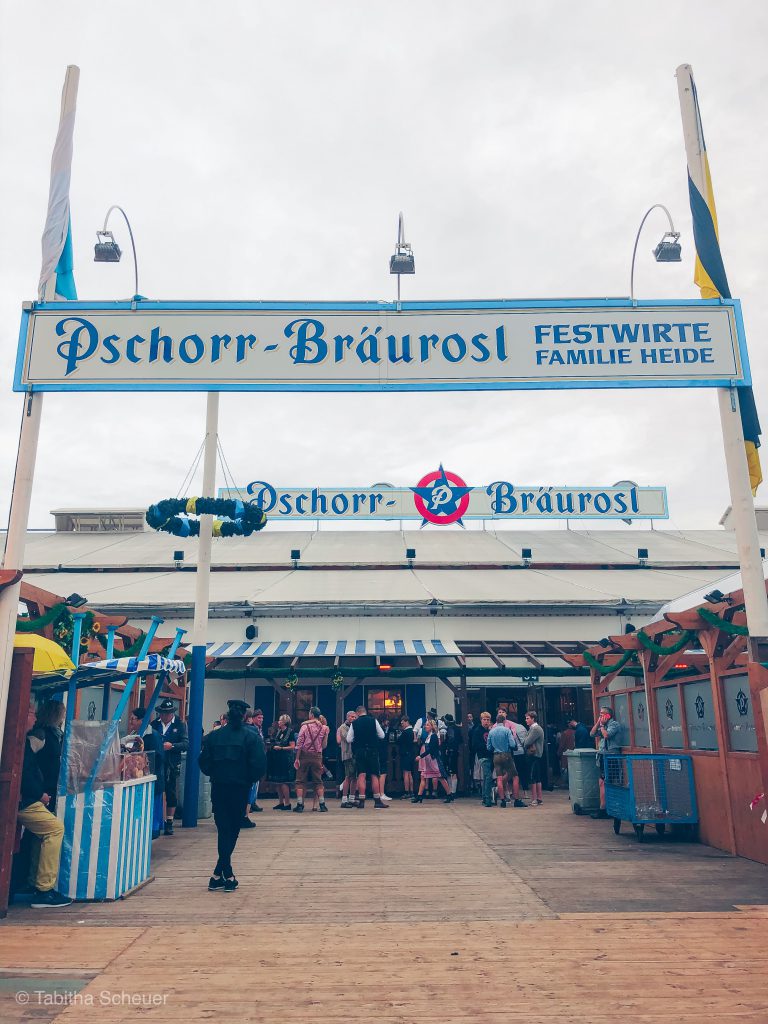
Tents open at 10am on weekdays and 9 am on weekends. They close at 11.30 pm. The last beer is served at 10.30 pm. There are two tents that are open till 1 am: Käfers Wiesnschänke and Kuffler’s Weinzelt. If you want to stay late, get to those tents early. If you come there by 10.30 pm it will be impossible to get a table.
As usual, weekends are busier than weekdays. In the same way, mornings are less busy than evenings. If you don’t have a reservation, it’s best to plan your visit on weekdays before 3 pm. If you manage to get a table in the evening or on a weekend, be sure that hopping from tent to tent is not a good idea.
Every tent has an unique atmosphere. I like the Hacker-Festzelt or the Hofbräu-Festzelt most.
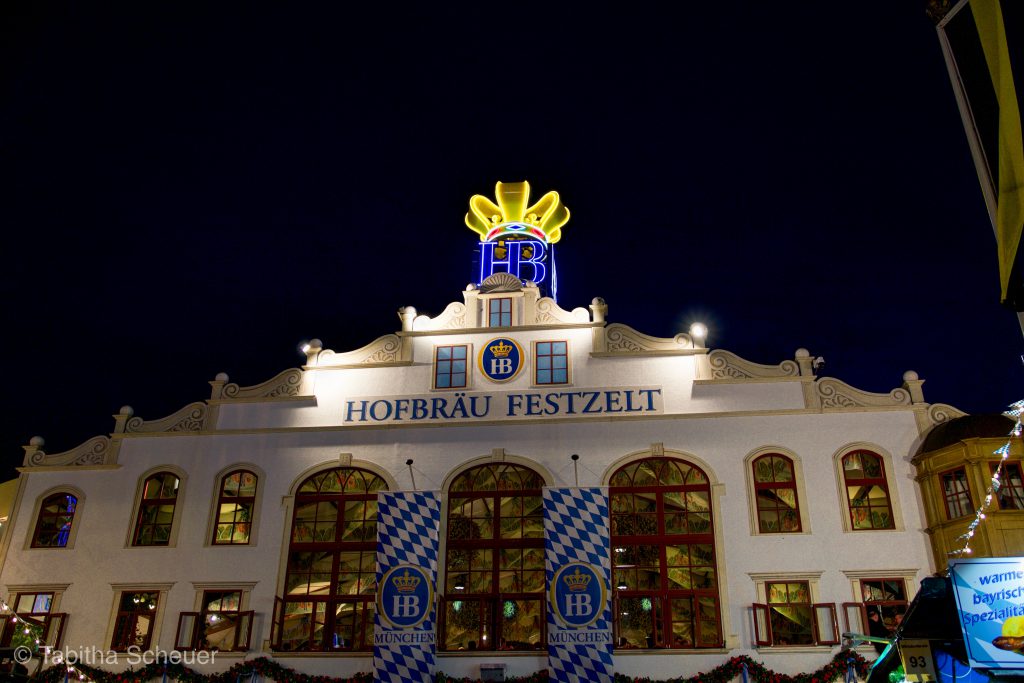
You need to go inside a tent to experience the true spirit of Oktoberfest. Yes, you can also stroll around the grounds, get food and drinks in smaller stalls, or sit in beer garden outside.

At Oktoberfest there is no such thing as holding a table for someone. You see a free spot or a free table? It’s yours. That doesn’t apply to reserved tables, though.
Once the tents are at full capacity, they tend to close their doors. Once you leave the tent, you might not be able to get back in.
Toilets inside the tents and outside on the grounds are free, but you can leave a small tip for the women working there. The toilets – yes – really impressed me. Seven million visitors and the toilets are sparkling clean and have toilet paper. Never have I seen something similar.
It’s common to tip your waitress in advance. There are way too many people inside tents eager to get her attention. By tipping up front you’ll make sure the waitress will always remember to bring you a Maß. A waitress can carry up to 13 Maß at once.
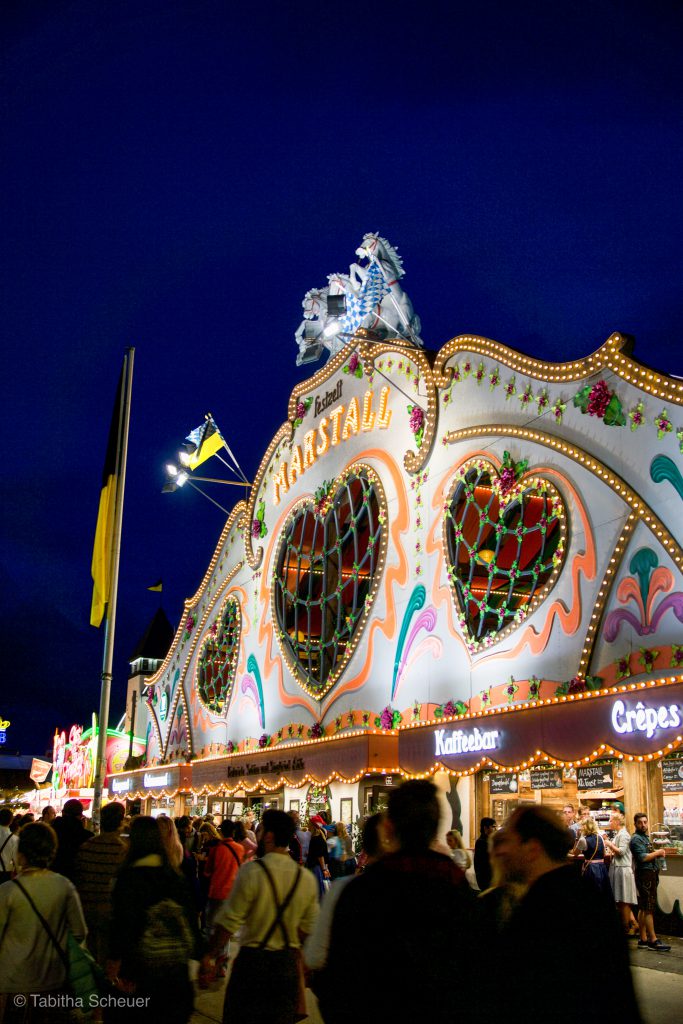
How to dress at Oktoberfest Munich
Dressing up in traditional Bavarian clothes is not required, but highly recommended. You will definitely stick out if you don’t. You can buy a costume in souvenir shops and clothing stores when you get to Munich. Just before and during Oktoberfest traditional clothes is sold on every corner. Of course, you can also order it online in advance. Expect to pay around €100 for a complete outfit. Usually, you end up paying more.
Girls wear a dress called Dirndl, consisting of a bodice, a skirt, a blouse, and an apron. Dirndl skirts should be around knee-length. Also, know how to tie your apron: it is usually tied on the right side if the girl is taken and on the left — if single.
Guys traditionally wear Lederhosen. These are short or knee-length pants made of leather with suspenders worn over a checkered shirt.
Backpacks are not allowed. It’s best to take only essentials with you and put them in your pockets. Girls are allowed to take a small purse that will be searched at the entrance. If you bring a backpack or large purse, you need to leave it at a counter near the entrance for a small fee.
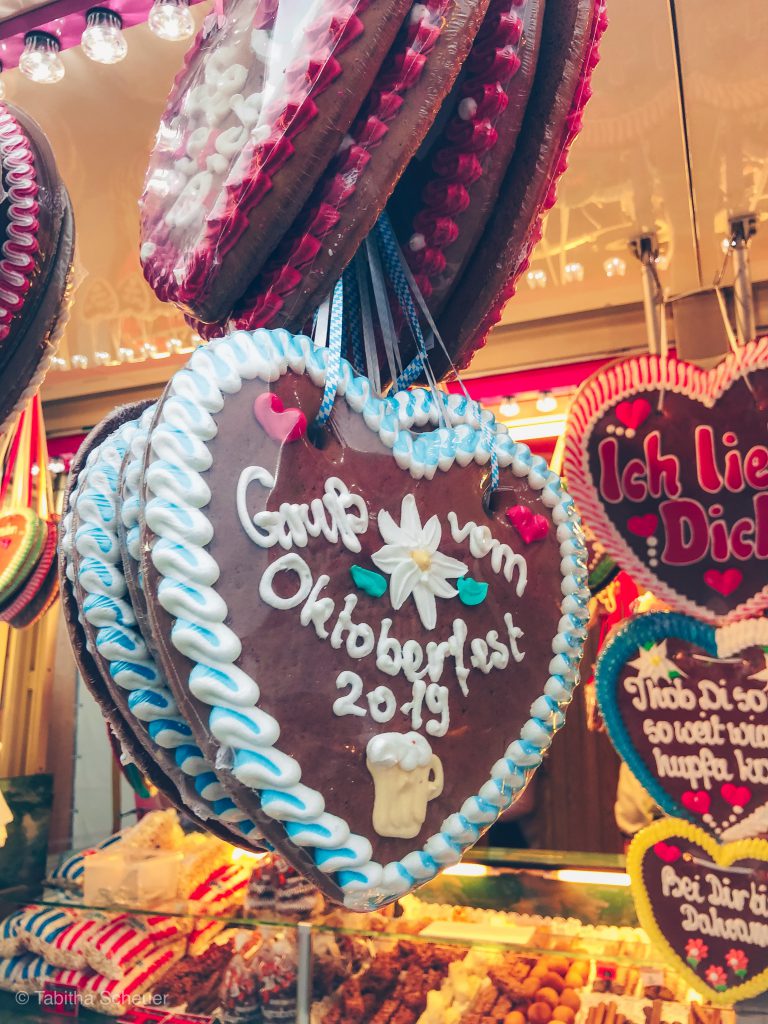

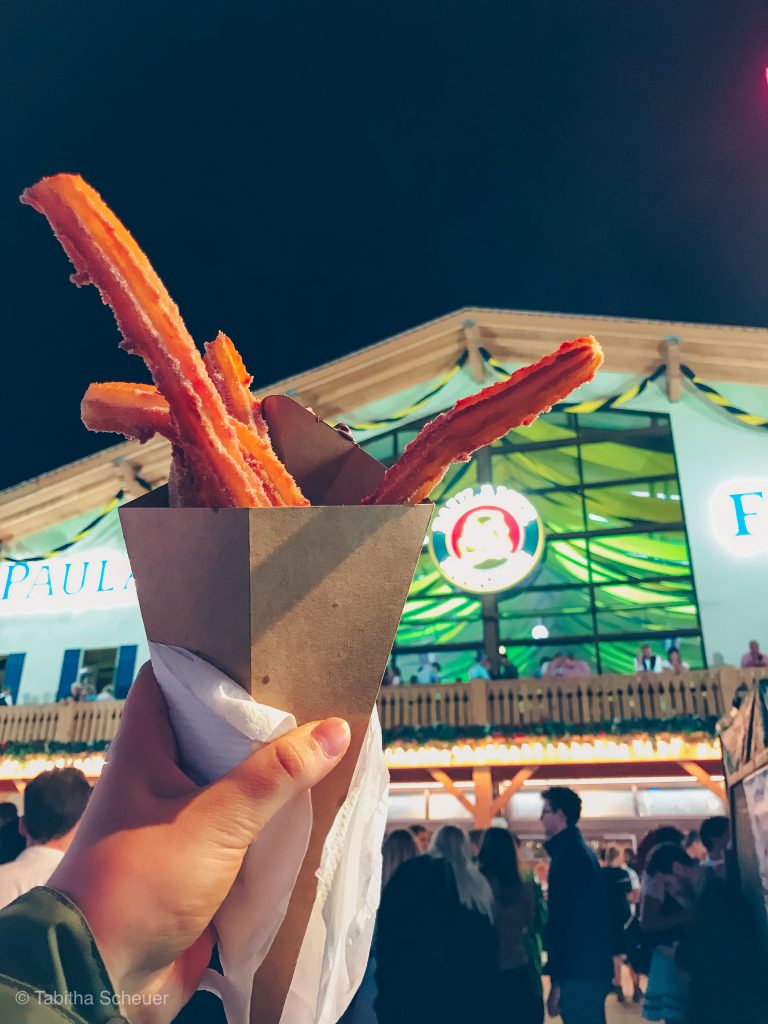
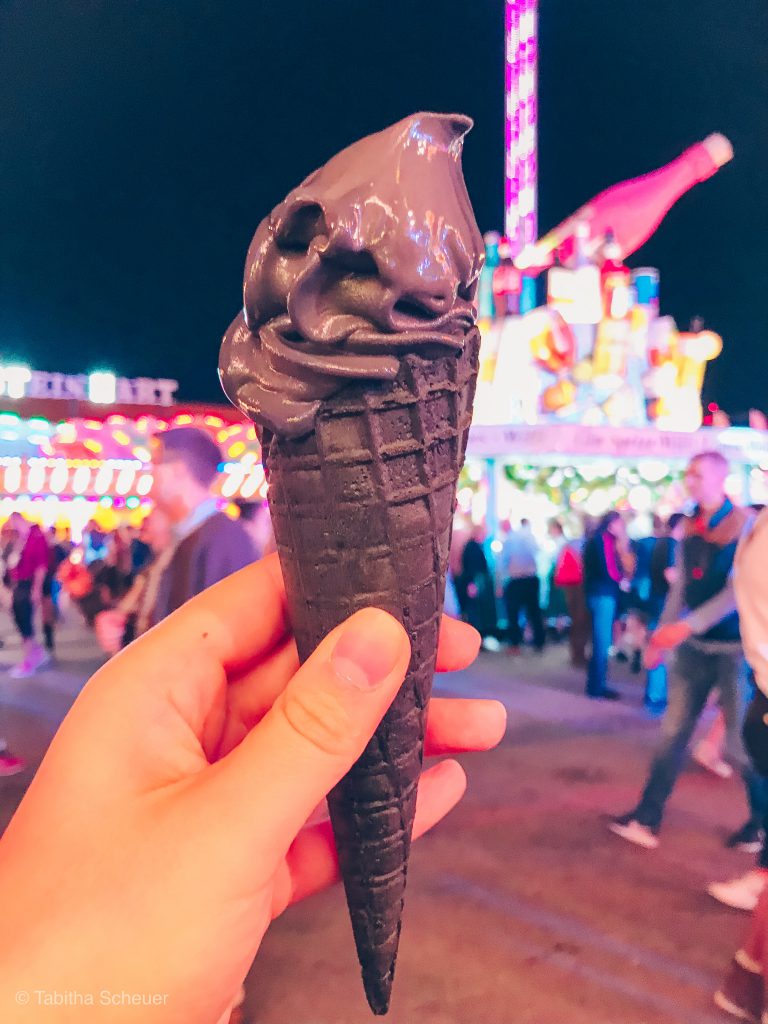
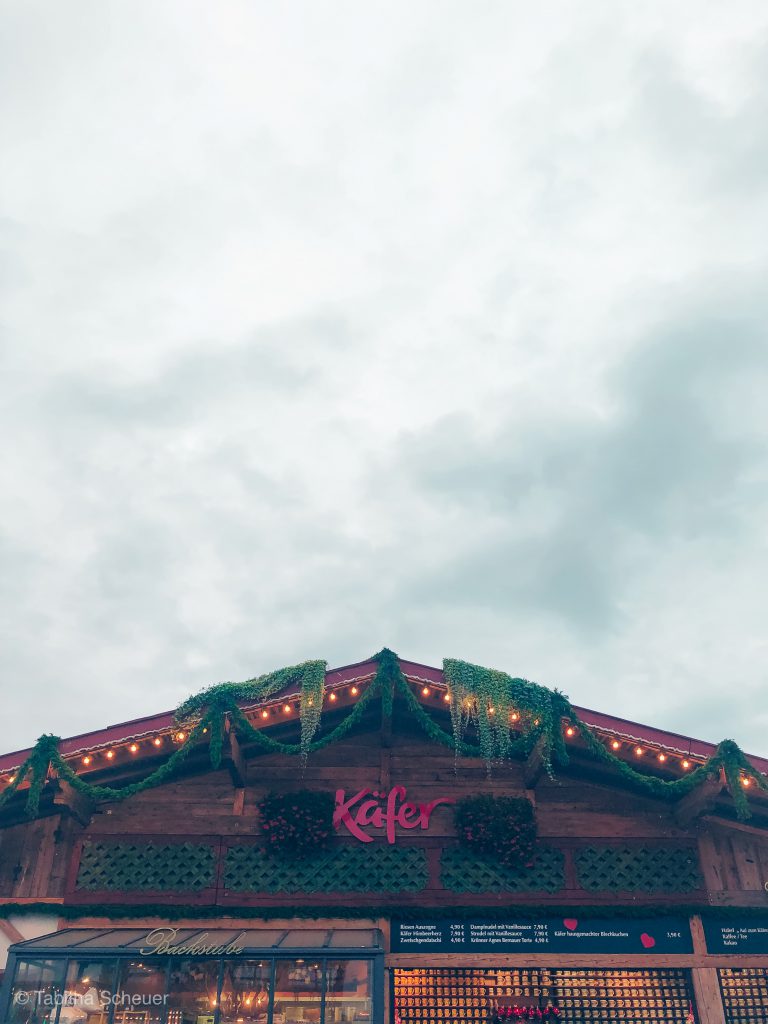
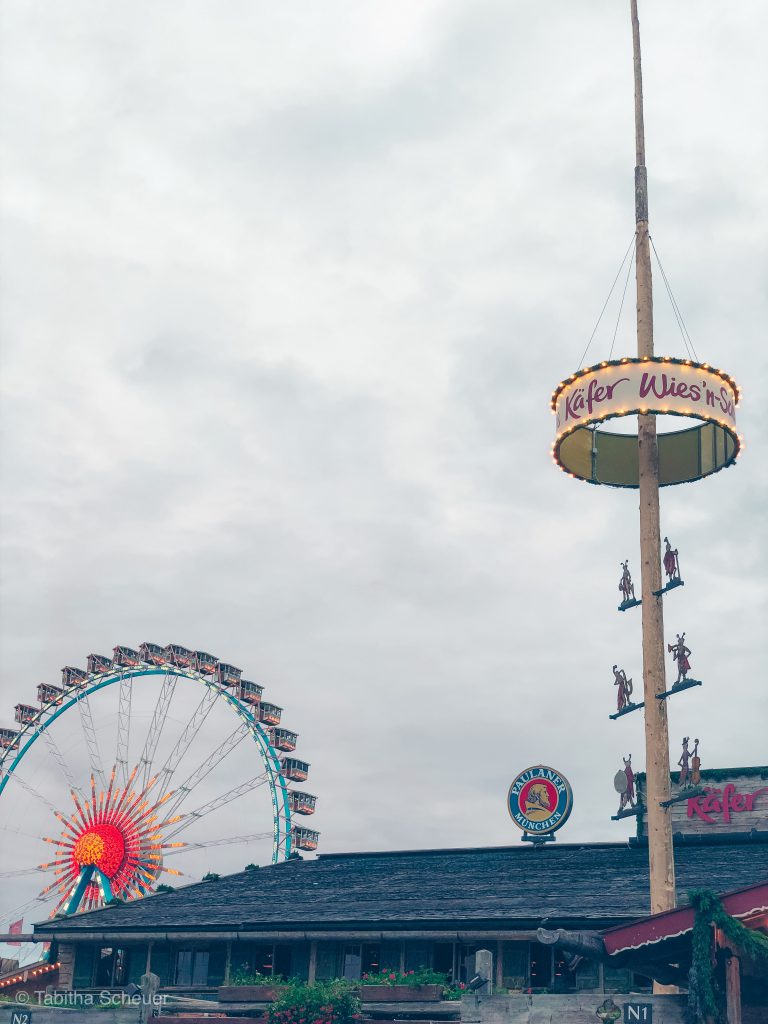
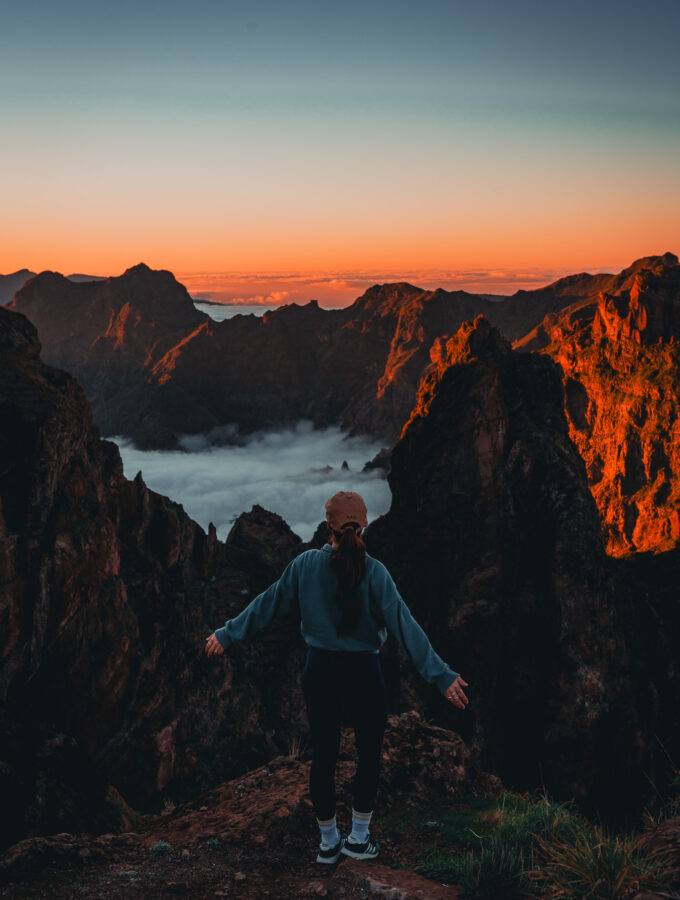
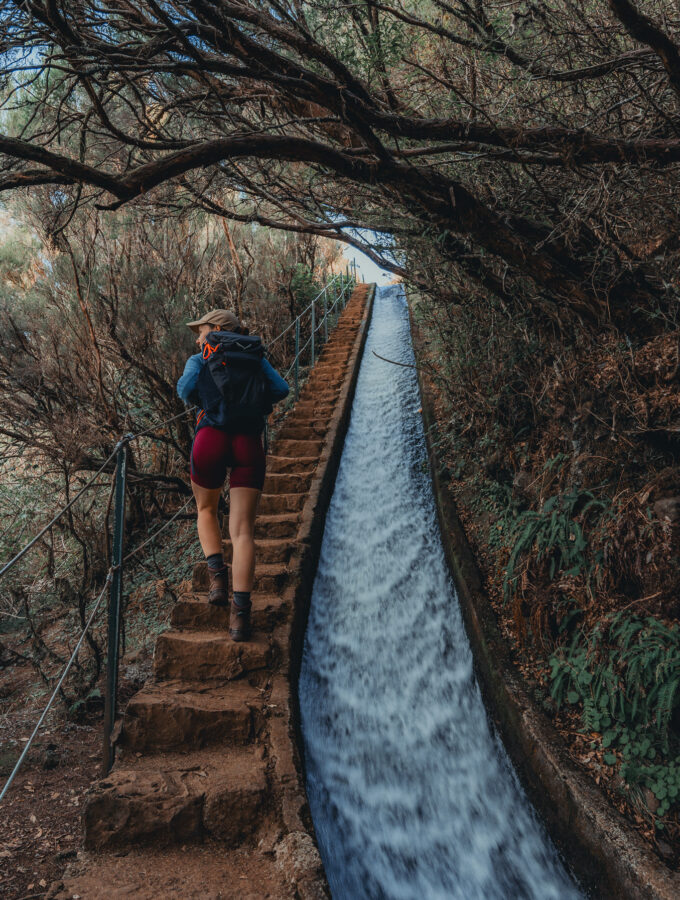
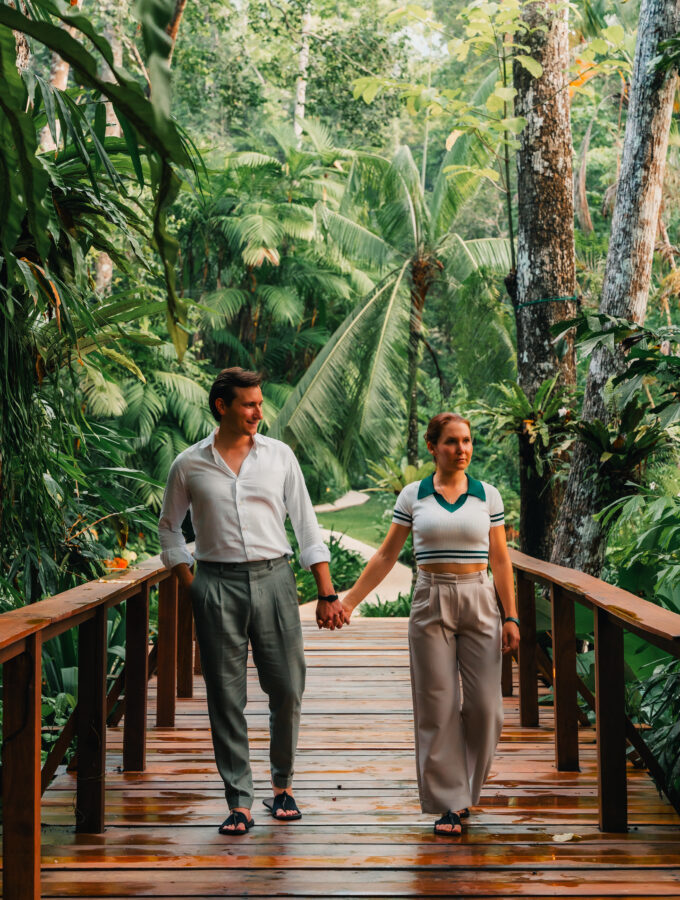
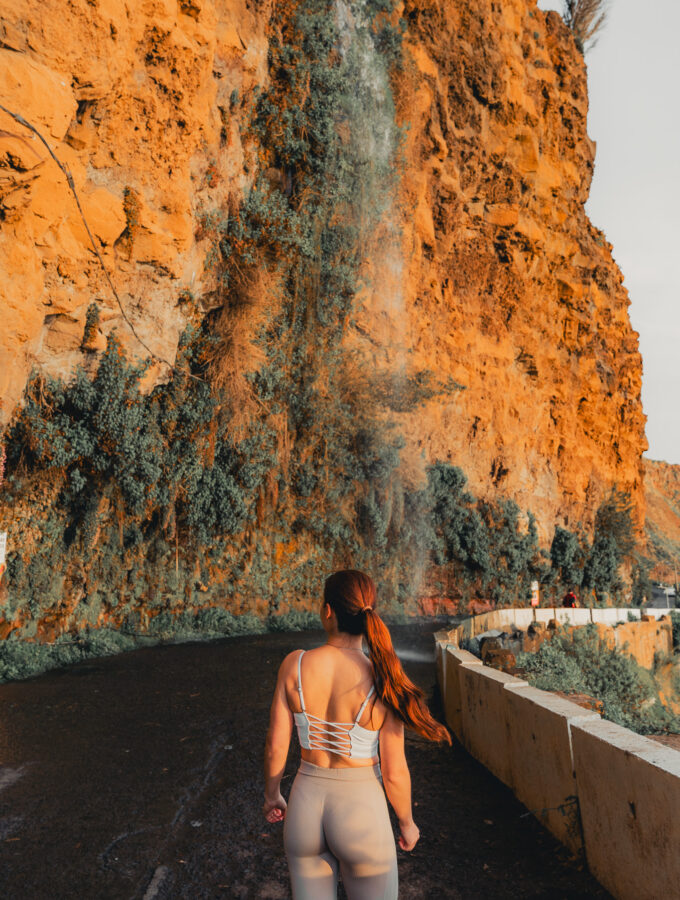
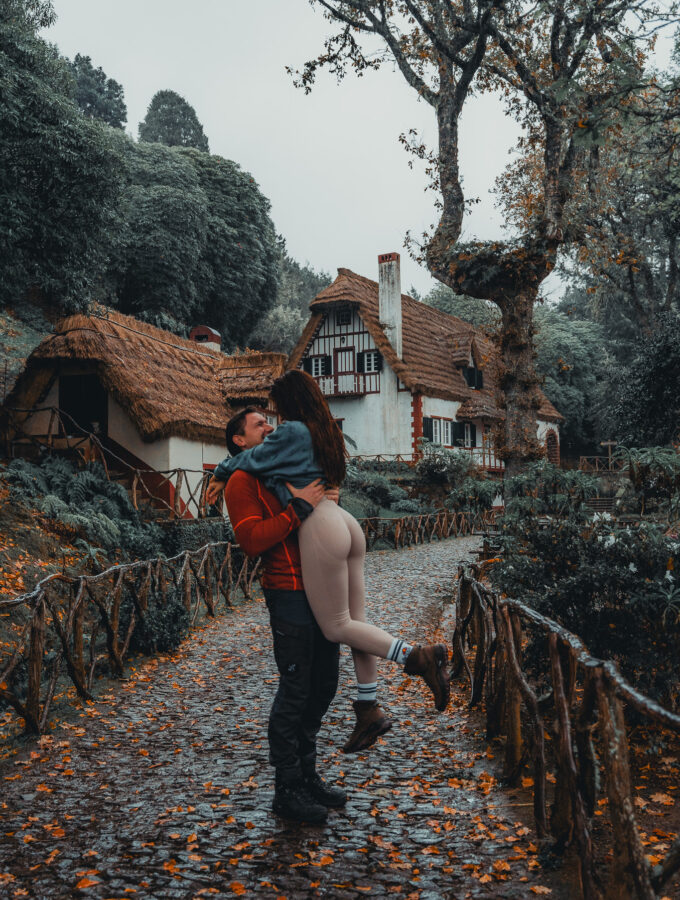
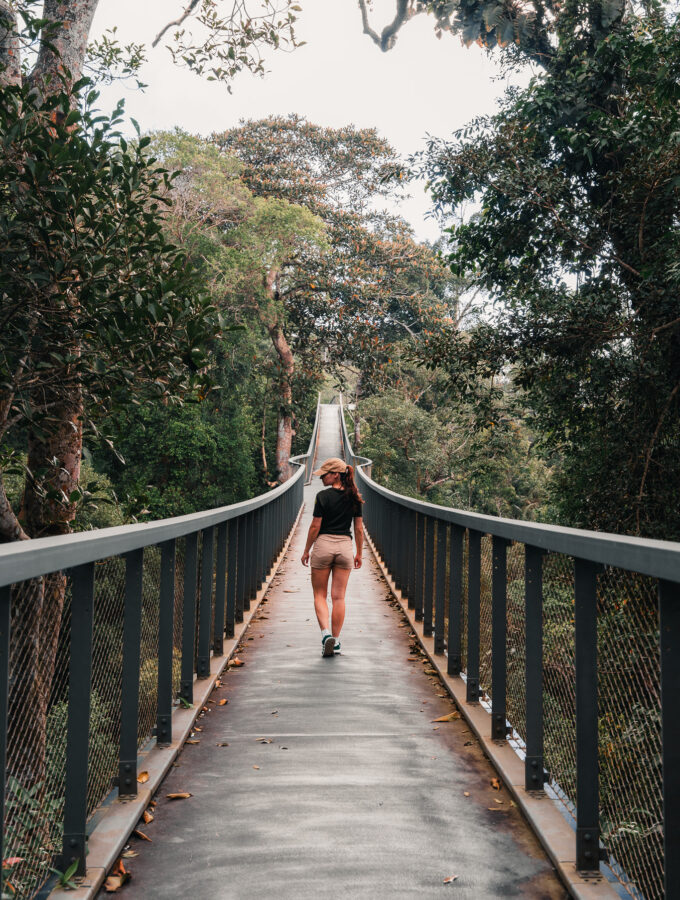
[…] du generell mehr über das Oktoberfest oder Bayern erfahren willst, schau dir diesen Blogpost auf meinem Travel Blog an. Dort zeige ich dir mehrere Eindrücke rund um München, Bayern oder […]